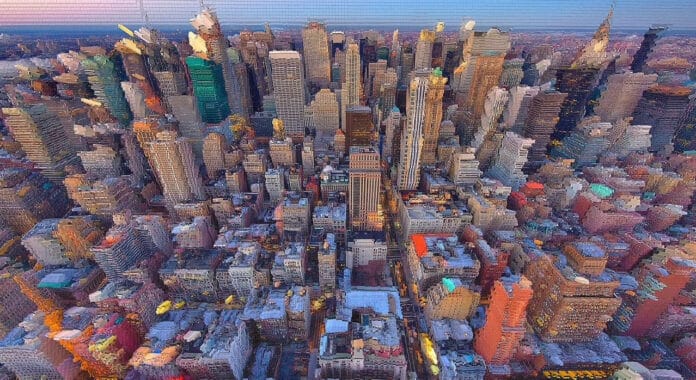Ken Wyner has been photographing as an artist for fifty years, building a career that bridges the worlds of fine art, fashion, and architectural photography. His journey began on the streets of Washington, D.C., where he sold hand-tinted black-and-white prints. The distinctive quality of his images caught the attention of the celebrated curator Walter Hopps, who placed his work in exhibitions at the Corcoran Gallery of Art and the Modern Gallery of Art. These early opportunities introduced Wyner’s vision to wider audiences and marked the beginning of a remarkable artistic trajectory.
From Street Photography to Fashion
By the mid-1980s, Wyner sought a sustainable career in photography and found an unexpected breakthrough when a top modeling agency discovered his work. They began sending him their leading models, ushering him into the vibrant world of fashion photography. The work was exhilarating and creatively rewarding, yet the fast-paced environment eventually led him to seek subjects of a different nature.
A New Direction in Architecture
Wyner turned his lens toward architecture, finding in it a subject that combined the elegance of fashion with the permanence of structure. Photographing buildings provided him with the balance he was looking for, and he quickly became known for his ability to capture the personality of a space. His subjects ranged from restaurants and homes to skyscrapers, and his images appeared on more than thirty magazine covers.
Major Exhibitions and Recognition
Two major exhibitions at the headquarters of the American Institute of Architects brought Wyner widespread acclaim. The first, titled Washington Dream Series, was celebrated as one of the most imaginative explorations of Washington, D.C., architecture. The Washington Post covered the show extensively, with its art and architecture critic devoting a five-page feature that included the Style section cover.
The second exhibition, Design of the Heart and Structure of Spirit, honored the architecture community with more than eighty works presented on glass, wood, fabric, and metal. The show was named the best photo exhibition of 2005 by the City Paper and became the most attended show in the history of the AIA.
Clients and Collaborations
Wyner’s career has continued with high-profile commissions for celebrated figures such as José Andrés and Travis Price. His ability to bring out the essence of a structure has made him a sought-after collaborator for architects, chefs, and designers. His photography does more than document architecture; it interprets and transforms spaces into visual stories that capture both form and atmosphere.
The Philosophy of Photography
Wyner believes the foundation of great photography lies in three primary elements: light, composition, and empathy. For him, empathy is the most important. It is through empathy that he draws out the inherent beauty of his subjects, fostering an atmosphere that allows their character to be revealed. Patience and sensitivity guide his work as he waits for the moment when light, structure, and vision align into a powerful image.
Continuing the Journey
Even after decades behind the camera, Wyner continues to work with enthusiasm and dedication. His architectural photography remains in high demand, and his portfolio reflects both a historical record of significant structures and a personal exploration of beauty, spirit, and design. His work reminds viewers that photography is not only about capturing appearances but also about uncovering the emotions and stories within a subject.
Conclusion
Ken Wyner’s career demonstrates the power of reinvention and the rewards of pursuing one’s artistic instincts. From hand-tinted street photographs to celebrated exhibitions and high-profile commissions, he has remained committed to a vision that emphasizes empathy, light, and composition. His images invite viewers to see architecture not merely as structures but as living forms that embody human spirit, cultural meaning, and the quiet poetry of space.


